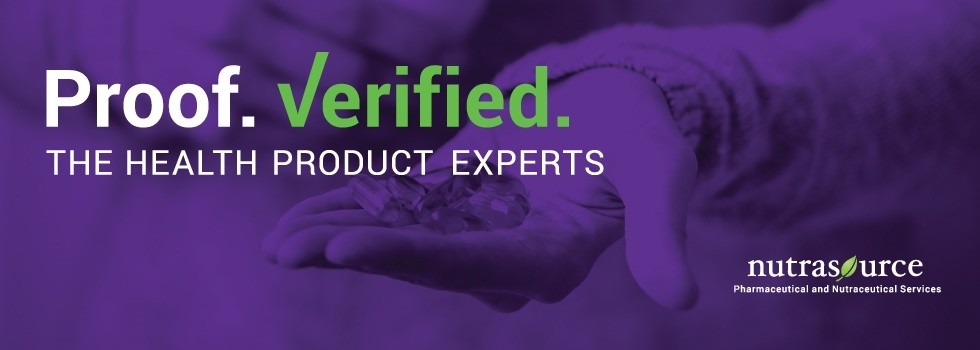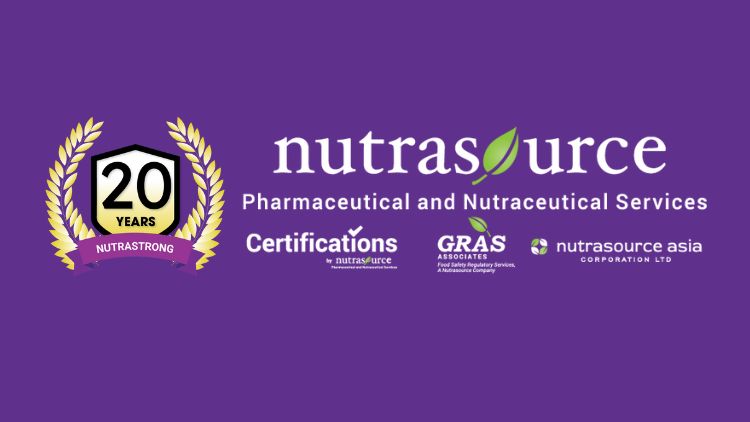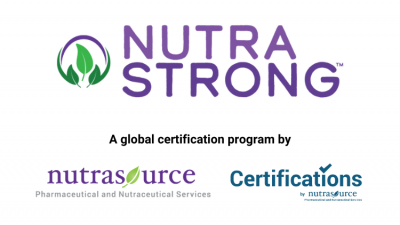Promotional Features
Making GCPs Work for You: Managing Risk in Dietary Supplement Studies
By: Josh Baisley, B.Sc., Director of Clinical Trials, Domestic
Investing in clinical research to support a claim has many benefits and risks. In today’s climate, it has become a necessity for dietary supplement companies to ensure claims are substantiated through sound clinical research.
Regulations continue to tighten throughout the world. Efforts to harmonize regulatory requirements have been at the forefront, though there are still nuances from country to country. As the pharmaceutical industry continues to push for harmonization, other sectors—including the dietary supplement industry—stand to benefit. These health-product-focused industries stand to benefit from this evolution.
Harmonized guidelines for clinical research were published by the International Conference on Harmonisation (ICH). The ICH was formed in 1990, and has since published numerous guidance documents to ensure efficient development of safe and effective health products. The focus of ICH was to align regulatory bodies across the globe. It includes regulatory bodies from 17 countries, including Canada, Brazil and China, among others.
ICH published the guidance document E6 Good Clinical Practice (GCP) in 1996 with a recent revision in 2015. Many regulatory regions provide guidance of their own on the topic of GCP. However, companies that follow harmonized guidelines when investing in clinical trials have an advantage when it comes to acceptance in multiple jurisdictions. In fact, some countries mandate compliance with ICH guidelines when conducting clinical research on dietary supplements. This includes Canada.
GCP Core Documents
Following GCPs is resource intensive but allows sponsors to manage risk over the life of the research trial. ICH’s GCP guideline provides recommendations for the structure and content of essential documents including the clinical research protocol, informed consent forms, the investigator’s brochure, monitoring plans and reports, data management plan and trial master file. Additional guidance has been provided by ICH for the structure and content of the clinical study report, data sets and statistical programs. These core documents provide the basic infrastructure around the operations of the clinical trial.
Study Protocol
The clinical study protocol provides a plan for the entire study, ensuring ease of implementation and execution of a trial design. The protocol should be clear and concise, detailed enough to provide guidance but not overly complex that it results in changes during the study. The National Institutes of Health (NIH) has provided a standardized template for clinical protocols. Additionally, the SPIRIT Statement (Standard Protocol Items: Recommendations for Interventional Trials) developed a checklist to ensure important aspects are included in the protocol. GCP indicates the protocol should include details on monitoring, data management and statistical analysis. Such details are usually high level in the protocol and refer to separate documents for these activities which provide the intricate and numerous details required as each of these activities are projects in themselves.
Monitoring
Monitoring of a clinical research study is critical to mitigate and manage risks at the clinical site level. It is imperative that there is a separate monitoring plan established for a clinical study. The monitoring plan should detail the monitoring frequency, which is generally based on safety profile of the product, vulnerability of the population, complexity of the protocol, training of the site staff (e.g., new procedures), timing of critical events and quantity of data. The plan should detail what type of monitoring will be done (e.g., risk-based monitoring), percent of source document verification (100% source document verification is not mandated), and timing of the monitoring visits.
Data Management
Data management is usually detailed in a data management plan, an important study document detailing how data will be handled during and after a clinical research study, with reference to database structure, training, data transfer, data flow, external data handling, confidentiality and security of the data, data monitoring and data cleaning. Clinical study databases should be 21 CFR Part 11 compliant. Compliant databases will provide audit trails for all entries, changes, tests, approvals and exports that occur over the life of the study database. Automated MedDRA (Medical Dictionary for Regulatory Activities) may also be incorporated within the clinical study database, minimizing the efforts required to manually code adverse events collected over the course of a study. MedDRA coding is advantageous as it is a globally recognized format for reporting adverse events to regulatory agencies.
Statistical Analysis
The protocol will also include an outline of the statistical tests. Further details are included in the statistical analysis plan (SAP) which is finalized prior to conducting statistical analyses. The statistical analysis plan should provide the technical plan for the analyses including the data sets to be analyzed, data presentation formats, listings of expected tables, figures and listings, software to be used, how missing data will be handled, additional calculations or score summations that are required for data sets, etc. Like the protocol, the Sponsor will usually be responsible for approving the statistical analysis plan.
Oversight of Clinical Research Projects
In addition to GCP, ancillary documents common to clinical trial operations also provide reassurance to regulatory bodies of the control and oversight of clinical studies including the documented transfer of sponsor obligations and a project management plan. The Sponsor (company requesting the study to be conducted) has ultimate responsibility for the oversight of the clinical trial. Having a documented transfer of sponsor obligations agreement provides a list of all aspects of regulation and guidelines applicable to the study, and which company is responsible. The project management plan and above all else, transparency, provides the Sponsor with oversight on all aspects of the clinical trial operation as it progresses.
Recently, hot areas of focus for regulatory agencies when inspecting or reviewing clinical studies include Sponsor oversight, adherence to protocol, monitoring activities and regulatory documentation (e.g. communications with regulatory bodies, ethics boards, and adverse event collection and reporting). Ensuring a clinical study is conducted with compliance to GCP and ancillary guidelines provides Sponsors with a sound basis to substantiate claims when scrutinized by regulatory bodies.



